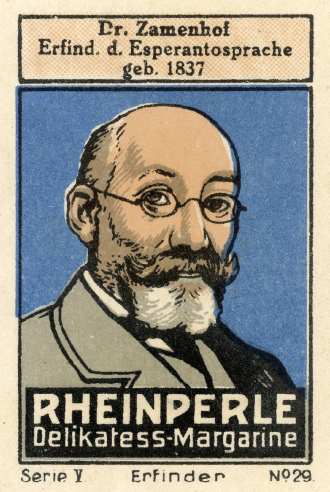6.1.2 Language is Governed By Rules
Printed Page 179
Language is Governed By Rules
Regulative rules govern how we use language when we verbally communicate. They’re the traffic laws controlling language use—the dos and don’ts. Regulative rules guide everything from spelling (“i before e except after c”) to sentence structure (“The article the or a must come before the noun dog”) to conversation (“If someone asks you a question, you should answer”).

When we use language, we follow rules. Rules govern the meaning of words, the way we arrange words into phrases and sentences, and the order in which we exchange words with others during conversations. Constitutive rules define word meaning: they tell us which words represent which objects (Searle, 1965). For example, a constitutive rule in the English language is: “The word dog refers to a domestic canine.” Whenever you learn the vocabulary of a language—words and their corresponding meanings—you’re learning the constitutive rules for that language.
To communicate competently, you must understand and follow the constitutive and regulative rules governing the language you’re using. If you don’t know which words represent which meanings (constitutive rules), you can’t send clear messages to others or understand messages delivered by others. Likewise, without knowing how to form a grammatically correct sentence and when to say particular things (regulative rules), you can’t communicate clearly with others or accurately interpret their messages to you.